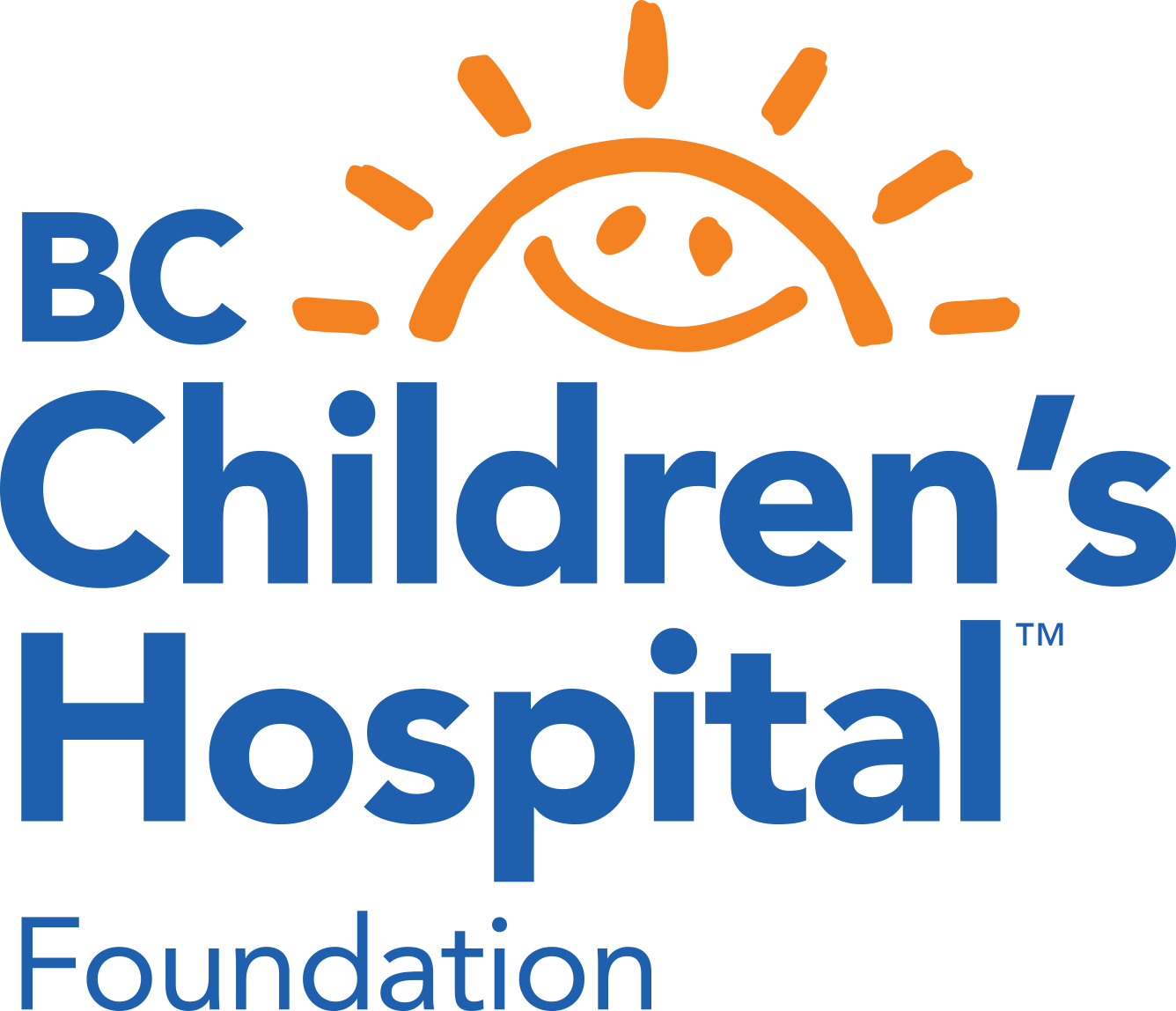Lisdexamfetamine (Vyvanse®) belongs to a group of medications called stimulants.
What is this medication used for?
Health Canada has approved lisdexamfetamine for use in children and adolescents age 6 years and older. Lisdexamfetamine is also approved for treatment of binge eating disorder in adults.
Lisdexamfetamine can help improve mental and behavioral symptoms of attention-deficit hyperactivity disorder (ADHD), including difficulties paying attention, impulsive behaviour and hyperactivity.
Sometimes lisdexamfetamine is also used for other reasons. When potential benefits outweigh risks, lisdexamfetamine may be prescribed “off-label.” Learn more about off-label medication use: http://bit.ly/KMH-off-label-use
Tell your doctor or pharmacist if you:
- Have allergies or bad reactions to a medication
- Take (or plan to take) other prescription or non- prescription medications, including over-the-counter and natural medicines) Some medications interact with lisdexamfetamine. Your doctor may adjust medication doses or monitor for side effects
- Have a history (or family history) of heart disease, heart abnormalities or irregular heartbeat
- Have a history (or family history) of seizures, anxiety, bipolar disorder, thyroid disease or glaucoma
- Miss a menstrual period, are pregnant, breast-feeding or planning a pregnancy
- Use alcohol or drugs. Taking lisdexamfetamine together with certain substances may cause a bad reaction. Learn more at www.DrugCocktails.ca
When will the medication start to work?
You (or your family members) may notice improvements within the first couple of days of starting lisdexamfetamine. However, symptoms of ADHD will only improve when there is enough medication in the body. Once the medication wears off at the end of a dose or at the end of the day, ADHD symptoms can return.
You and your doctor may have to adjust the timing of doses according to your needs. For example, a dose may be timed so that there is enough medication in your body for an important class or activity.
When used properly, this medication is not addictive, and doesn't increase the risk of substance misuse.
How do I take this medication?
Lisdexamfetamine is available as capsules or chewable tablets that are taken by mouth, with or without food. Lisdexamfetamine should be taken first thing in the morning. If you wake up late, you may have to skip your dose. Avoid taking lisdexamfetamine later in the day, in the evening or at night unless specifically directed by your doctor as it can cause difficulty sleeping. Usually, you will start with a low dose and slowly increase this dose over several days to weeks, based on how you tolerate it.
Lisdexamfetamine capsules can be swallowed whole with fluid. Alternatively, you may mix the entire contents of the capsule(s) with some soft food (such as yogurt) or liquid (such as orange juice) and consume the entire mixture immediately. If mixing into liquids, rinse the container with some additional liquid and consume immediately. Lisdexamfetamine chewable tablets should not be divided and must be fully chewed before swallowing.
Possible common or serious side effects:
Side effects may be more common when starting a medication or after a dose increase. Talk to your doctor, nurse or pharmacist if any side effect concerns you.
- Loss of appetite or weight loss
- Nausea, vomiting, stomach ache or constipation
- Dry mouth
- Trouble sleeping
- Irritation, nervousness or feelings of agitation
- Headaches
- Increased heart rate or an uncomfortable awareness of your heartbeat
Contact your doctor immediately if you experience:
- Thoughts of hurting yourself, hostility or suicide
- Unusual changes in mood such as ongoing sadness or seeing, hearing or feeling things that are not there
- Worsening vocal or motor tics such as shrugging, blinking, head turning, muscle twitches or throat clearing
- Skin rash
- Prolonged (more than 4 hours), inappropriate and/or
- painful erection of the penis
What precautions should my doctor and I be aware of when taking this medication?
- Lisdexamfetamine can mask symptoms of extreme tiredness. Do not drive a car or operate heavy machinery when you have not had sufficient rest, even if you feel awake and alert.
- This medication (and medications like it) can cause a rare side effect called “serotonin syndrome,” especially when used in combination with other serotonergic drugs such MAO inhibitors, triptans used for treatment of migraine and most antidepressants. Symptoms include diarrhea, sweating, increased heart rate, tremors, severe muscle stiffness and increased agitation.
- Lisdexamfetamine can cause a temporary slowing of growth rate in children and adolescents, with an average decrease of 2cm in height and 2.7kg in weight following 3 years of continuous treatment. Some children may experience a more significant impact on growth. While taking lisdexamfetamine, your growth should be monitored regularly.
What special instructions should I follow while using this medication?
- Keep all appointments with your doctor and the lab.
- Your doctor may order physical exams, or assessments such as ADHD rating scales and reports from your teachers, before or after starting lisdexamfetamine. This is to make sure it is working well for you and monitor for side effects.
- Do not allow anyone else to use your medication.
What should I do if I forget to take a dose of this medication?
If you forget to take a dose of lisdexamfetamine, take the missed dose as soon as you remember. However, if it is more than 4 hours after your scheduled dose, skip the missed dose and continue with your regular schedule. DO NOT double your next dose to try to ‘catch up’.
How do I store this medication?
Keep lisdexamfetamine in the original container, stored at room temperature away from moisture and heat and protected from light. Keep lisdexamfetamine out of reach and sight of children.
How does this medication work?
Like other stimulants, lisdexamfetamine increases levels of the brain chemicals dopamine and to a lesser extent, norepinephrine. These brain chemicals activate areas of the brain that control impulsive actions, attention and body movements, thereby improving symptoms of ADHD. Lisdexamfetamine is a long-acting medication and usually lasts up to 14 hours. Lisdexamfetamine may start and stop working less abruptly than other stimulant medications.
How well does the medication work in children and adolescents?
Lisdexamfetamine has been studied and found to improve core symptoms of ADHD (impulsive behaviour, inattention and hyperactivity) in approximately 75% of children and adolescents. It is expected that you may experience functional improvements, including how you handle frustrations and engage in social and peer relationships.
If you do not experience a significant improvement with lisdexamfetamine at a younger age, this does not mean that it will not work for you later in life. Whenever possible, the addition of behavioural management strategies (such as rewarding good behaviour and teaching problem-solving techniques) can increase the potential for benefit.
How long should I take the medication for?
Different people take lisdexamfetamine for different lengths of time. From time to time, your doctor should evaluate whether you need ongoing treatment with this medication. Some people only require lisdexamfetamine treatment during particular times of their life such as when they are in school. Other people benefit from ongoing treatment for many years.
Your doctor may suggest that you take a “drug holiday” from the lisdexamfetamine treatment for holidays or a period of time in the summer to see if you still need this medication, to allow for growth, and to reduce the chance of your body adapting to the effects of this medication and getting reduced benefit from it over time.
TIP: Review the Kelty Mental Health Managing Stimulant Medications in Children and Adolescents to help manage potential side effects of this medication. https://bit.ly/stimulant-medications



